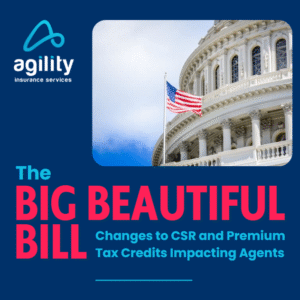In 2021, the United States was home to 44.7 million immigrants, constituting about 6% of the total population. This diverse group included 20.8 million noncitizen immigrants and 23.9 million naturalized citizens, with many residing in mixed immigration status families. The health coverage landscape for immigrants in the U.S. is complex, shaped by factors such as eligibility restrictions, employment opportunities, and federal and state policies. In this blog post, we’ll delve into the state of health coverage for immigrants based on data from The 2023 KFF/LA Times Survey of Immigrants, the largest nationally representative survey focused on immigrants.
Uninsured Rates by Immigration Status
As of 2023, a stark disparity in uninsured rates persists among different immigration status groups. Notably, 50% of likely undocumented immigrant adults and 18% of lawfully present immigrant adults report being uninsured, compared to just 6% of naturalized citizens and 8% of U.S.-born citizens. This disparity is attributed to limited access to private coverage, stemming from employment in jobs less likely to offer health benefits, and eligibility restrictions for federally funded coverage options.
Reflecting their higher uninsured rates, noncitizen immigrants, especially those who are likely undocumented, are more likely to report barriers to accessing health care and skipping or postponing care. Lack of insurance often leads to delayed or missed necessary care, potentially resulting in more complex and costly health issues down the road.
Access to Health Coverage Among Immigrants
- Private Coverage: Noncitizen immigrants face challenges accessing employer-sponsored coverage due to their disproportionate employment in low-wage jobs and industries that are less likely to offer such benefits.
- Federally Funded Coverage: Lawfully present immigrants may qualify for Medicaid and CHIP but are subject to various eligibility restrictions, including waiting periods and specific immigration statuses. However, some states have extended coverage options for lawfully present immigrant children and pregnant individuals, improving access.
- State Funded Coverage: A few states have expanded fully state-funded coverage for income-eligible children and immigrant adults, regardless of immigration status, offering a glimmer of hope for those previously left without options.
Enrollment Barriers
Even when eligible for coverage, many immigrants remain uninsured due to enrollment barriers, including fear, confusion about eligibility policies, and language and literacy challenges. While the Biden Administration has made strides in reversing some Trump-era policies, misconceptions and uncertainty about how accessing non-cash assistance programs may impact immigration status persist.
In 2023, despite their significant contributions to the U.S. economy, many immigrants continue to face formidable barriers to accessing health coverage. Federal legislation has been proposed to expand eligibility, but its passage remains uncertain. Some states are taking the initiative to fill these gaps, offering coverage to immigrants who were previously excluded. Still, many remain ineligible for any coverage options, and eligible individuals face significant enrollment barriers.
Addressing these disparities requires continued efforts to educate immigrants about their rights and eligibility, community-led outreach, and increased funding for enrollment assistance programs. Ultimately, achieving equitable health coverage for all residents, regardless of immigration status, is a complex challenge, but one that must be tackled to ensure the well-being of all members of our society.



